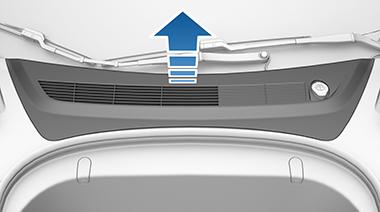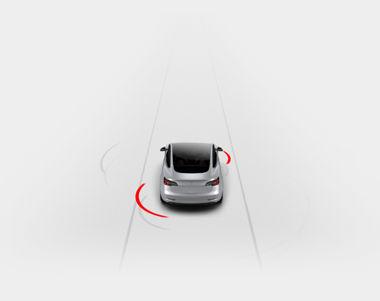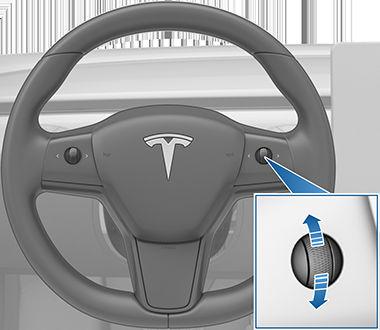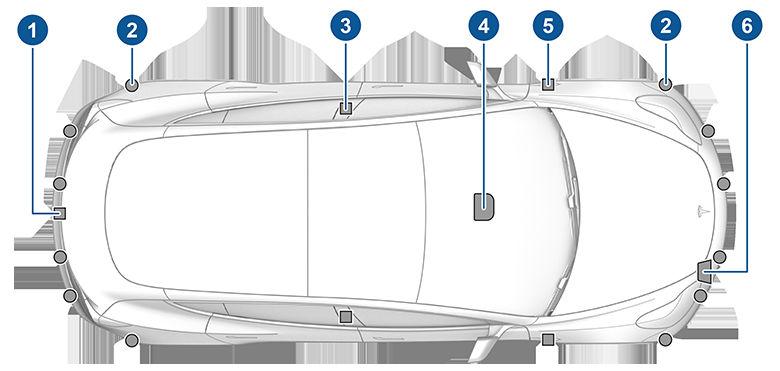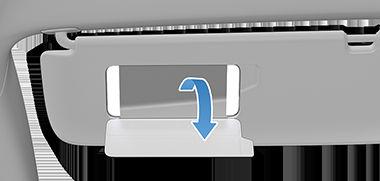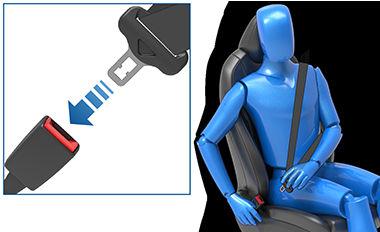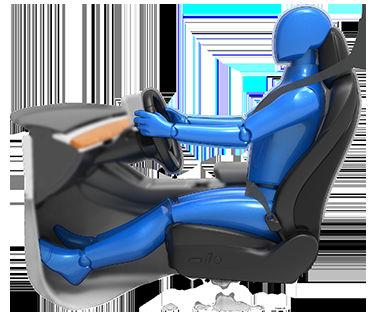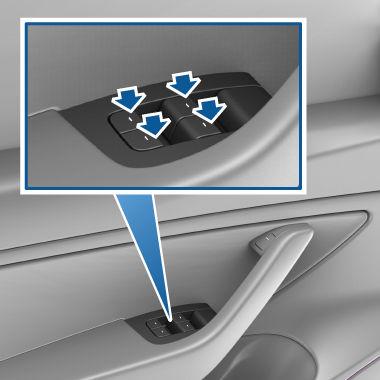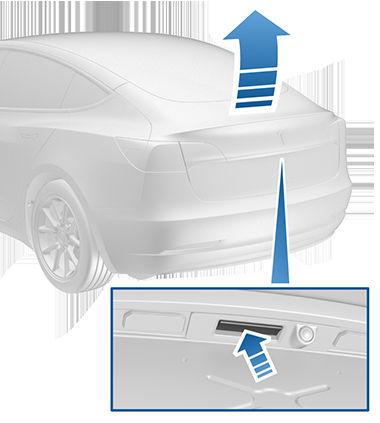Getting Maximum Range Factors Affecting Energy Consumption While driving: • Elevated driving speed. • Environmental conditions such as cold or hot weather and wind. • Using climate controls to heat or cool the cabin. • Uphill travel: Driving uphill requires more energy and depletes range at a faster rate. However, driving downhill allows your vehicle to regain a portion of its expended energy through regenerative braking (see Regenerative Braking on page 62). • Short trips or stop-and-go traffic: It takes energy to bring the cabin and Battery to a specified temperature when starting the vehicle. You may see a higher average consumption when the vehicle is used for very short trips or in heavy traffic. • Heavy cargo load. • Windows rolled down. • Wheels and tires not maintained. • Customized settings or third-party accessories (roof or trunk racks, third-party wheels). While parked and not plugged in to a charger: • Preconditioning the cabin or using climate controls. • Summon. • Vehicle infotainment and climate controls system. • Sentry mode. • Tesla or third-party mobile app requests.
Tips to Maximize Range You can maximize your driving range using the same driving habits you use to conserve fuel in a gasolinepowered vehicle. To achieve maximum range: • Slow down your driving and avoid frequent and rapid acceleration. Consider using Chill Mode (touch Controls > Driving > Acceleration) and Speed Assist (see Speed Assist on page 124) to assist in controlling your acceleration and speed. • If safe to do so, modulate the accelerator pedal instead of using the brake pedal when gradually slowing down. Whenever Model 3 is moving and you are not pressing the accelerator pedal, regenerative braking slows down Model 3 and feeds surplus energy back to the Battery (see Regenerative Braking on page 62).
70
• Limit the use of resources such as heating and air conditioning. Using seat and steering wheel heaters (if equipped) to keep warm is more efficient than heating the cabin using climate controls. • With your vehicle plugged in, use the mobile app to precondition your vehicle to ensure the cabin is at a comfortable temperature and windows are defrosted (if needed) before your drive by touching Climate > Turn On Climate and customizing your preferences (see Mobile App on page 158). • Touch SCHEDULE, available on both the charging and climate control screens, to set a time when you want your vehicle to be ready to drive (see Scheduled Charging and Scheduled Departure on page 167). • Set Stopping Mode to HOLD to gain the benefit of regenerative braking at low driving speeds (see Stopping Mode on page 62). • Ensure the wheels are aligned to specification, the tires are kept at the recommended inflation pressures (see Tire Care and Maintenance on page 171), and are rotated when needed (see Maintenance Schedule on page 169). • Install aero covers (if equipped) to reduce wind resistance (see Removing and Installing Aero Covers on page 173). • Lighten your load by removing any unnecessary cargo. • Fully raise all windows. • Features such as Sentry Mode and Cabin Overheat Protection can impact range. Disable features that are not needed. • To prevent an excessive amount of energy consumption while the vehicle is idle, keep the vehicle plugged in when not in use. • Minimize the use of DC chargers (such as Superchargers) for optimal Battery health. It is normal for estimated range to decrease slightly over the first few months before leveling off. Over time, you may see a gradual, but natural, decrease in range at full charge – this depends on factors such as Supercharging regularly or the mileage and age of the Battery. Your Model 3 will inform you in the unlikely event a hardware issue is causing excessive Battery or range degradation. The power meter on the touchscreen provides feedback on energy usage. You can also display the Energy app to view real-time and projected energy usage (see Energy App on page 71). With this feedback, you can become familiar with how driving habits and environmental conditions impact how much energy Model 3 is using.
MODEL 3 Owner's Manual








